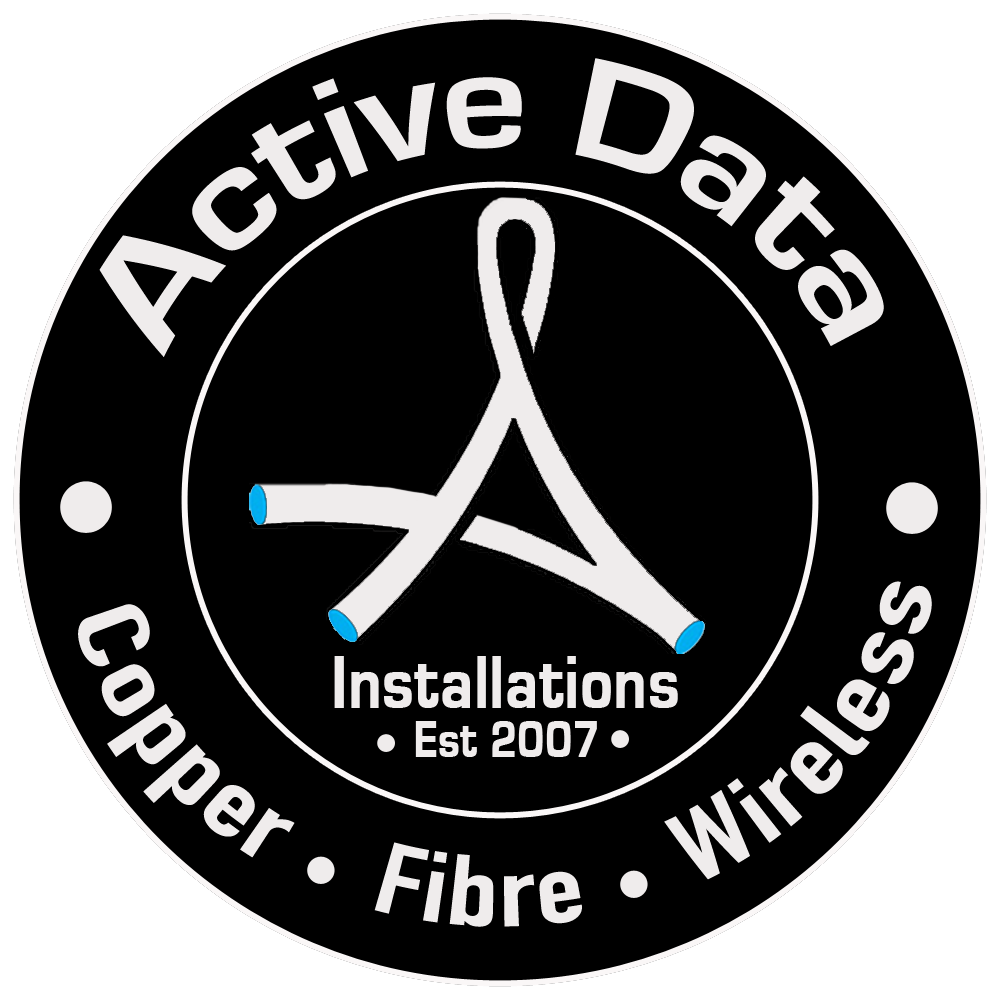What is a Data Engineer?
What is a Data Engineer? A Day in the Life of a Data Cabling Engineer: Fibre Optic, Cat6a, and Network Installation Services Across the UK
At Active Data Installations (ADI), our engineers are the backbone of our operation. Their days are filled with a variety of tasks that keep our clients connected, secure, and prepared for the future. From schools and hospitals to retail spaces and offices, our engineers work across a wide range of environments, delivering high-quality network infrastructure solutions with professionalism and technical expertise.
In this blog, we’ll take you through a typical day in the life of an ADI data cabling engineer, highlighting the skills, responsibilities, and challenges they face as part of a communications installation company.
Early Start, Big Impact
The day often begins early. Our engineers typically check in with the office or review their schedules for the day ahead. Depending on the job, this might involve a bustling hospital, a vibrant school, or a corporate office, every project is unique and demands their full attention and expertise.
Upon arrival on site, the engineer will liaise with the client or site contact, confirming job scope, health and safety requirements, and any potential access issues. On building sites or refurbishments, this also involves signing in, checking RAMS (Risk Assessments and Method Statements), and ensuring all PPE is worn and safety procedures followed.
Installation Work: Copper, Fibre and More
Much of the work involves the installation and termination of copper cabling—typically Cat6 or Cat6a. With the ability to interpret technical drawings, they ensure every installation aligns perfectly with project specifications. Our engineers are experienced in running cables through trunking, containment systems, suspended ceilings, or raised floors, making neat and efficient routes for network infrastructure. They’re often seen carefully dressing and securing cables in containment to maintain a clean and professional appearance.
Termination and testing follow, with the engineer connecting cables into data outlets or patch panels, using specialist tools to ensure each connection meets industry standards. They’ll also label and document each cable to ensure future maintenance or additions can be carried out easily.
Fibre optic installation is another crucial part of the job. This involves running and terminating fibre cables, often using fusion splicing techniques, and testing links with OTDRs or power meters. With high-speed connectivity demands increasing, our engineers ensure the networks they install are future-ready and fully certified.
Cabinet Remediations and Upgrades
Many of our jobs involve work in data cabinets—whether installing a new one or carrying out a remediation to tidy and improve an existing setup. Cabinet work requires attention to detail, patience, and problem-solving. Engineers might re-route messy patch leads, replace faulty switches, install new fibre trays, or reconfigure the layout to improve airflow and cable management.
Properly managed cabinets not only look more professional, but they also ensure better performance and make troubleshooting far easier. Before and after photos are often taken, showcasing the improvement and providing clients with a record of work completed.
Face-to-Face Customer Interaction
Interpersonal skills are just as important as technical ability. Our engineers frequently deal directly with school staff, IT managers, contractors, and site supervisors. Clear communication helps manage expectations, clarify job details, and build trust with our clients. Being polite, professional, and adaptable goes a long way in maintaining ADI’s strong reputation for customer service.
Our engineers also update the office team throughout the day, reporting job progress, material needs, or unforeseen issues. This ensures that schedules can be adjusted, and the right support can be provided quickly.
Troubleshooting and Add-On Works
Some days involve fault finding rather than installation. Engineers use test equipment to identify and resolve issues with data cabling. Whether it’s a broken core, a mislabelled port, or a failed link, their ability to diagnose and fix problems is key to keeping clients operational.
Occasionally, clients request additional work while engineers are on site—adding more outlets, moving a cabinet, or installing a WiFi access point. Our engineers are trained and ready to carry out these changes efficiently and with minimal disruption.
Working Hours and Flexibility
One of the unique aspects of working at ADI is the variety in start and finish times. Some jobs require early starts, while others may run into the evening. Occasionally, engineers may stay away overnight depending on the site’s location. Overtime and weekend work are often available, offering flexibility for those who want to maximise earnings.
This flexibility is also part of what makes the job interesting—no two days are the same, and every site brings new challenges and opportunities to learn.
Training, Tools, and Teamwork
ADI engineers carry a CSCS or ECS card and have all the necessary tools and testers for copper and fibre installation. Training is continuous, with new products, techniques, and industry standards regularly introduced. The team supports one another, whether it’s sharing knowledge or helping on a particularly complex job.
We pride ourselves on being at the cutting edge of the network installation industry. Our engineers are exposed to the latest trends, from IoT device integration to smart building infrastructure and high-performance data centres.
Conclusion: A Career with Purpose
Being an engineer at ADI is more than just pulling cables. It’s about building the digital backbone of schools, hospitals, offices, and public spaces. Every socket installed, every fibre joint spliced, and every cabinet tidied contributes to better communication, learning, and efficiency.



